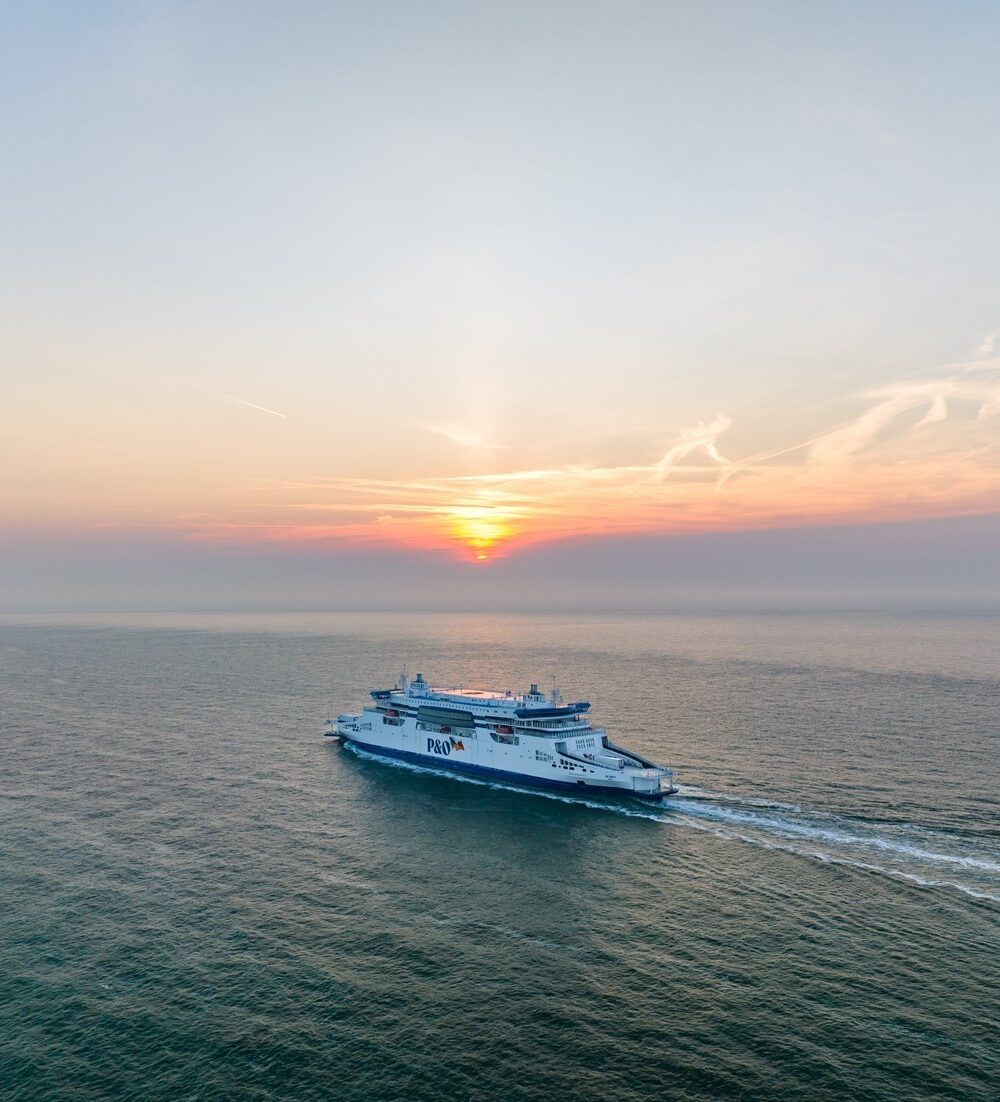Results
Immediate results include reduced reliance on outdated, unreliable legacy IT systems, which will eventually be completely decommissioned as P&O Ferries goes live with their remaining routes, resulting in improved operational stability, and freeing up resources to focus on strategic goals. The PULSE platform enables capacity optimisation by providing a single view of real-time passenger and freight data, providing a solid foundation for future innovation and optimising the revenue/profit yield for P&O Ferries’ crossings.
In the spring of 2023, a new hybrid ferry was launched between Dover and Calais. It’s the first of its kind, with all onboard services running on high-tech IT systems—an innovation that benefits both passengers and staff.
P&O is fully committed to the next phase of their digital transformation, with PULSE at the heart of their operations.
»We’re on a transformational journey, and Netcompany has been instrumental in driving these changes. Their deep knowledge, hands-on approach, and willingness to challenge us constructively have been key to our success. To deliver the first phase of this project within 8 months is a significant achievement internally at P&O and with our trusted vendors«, said Chloe Friend, CIO at P&O Ferries.







